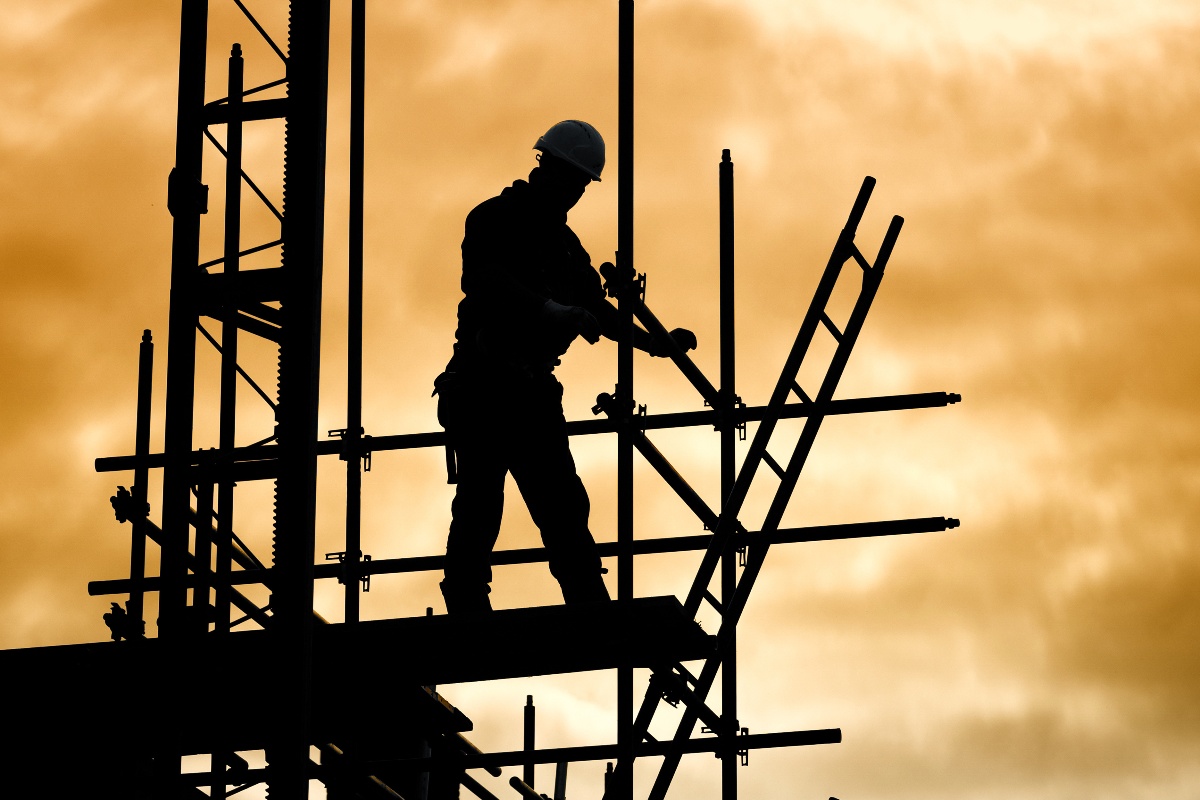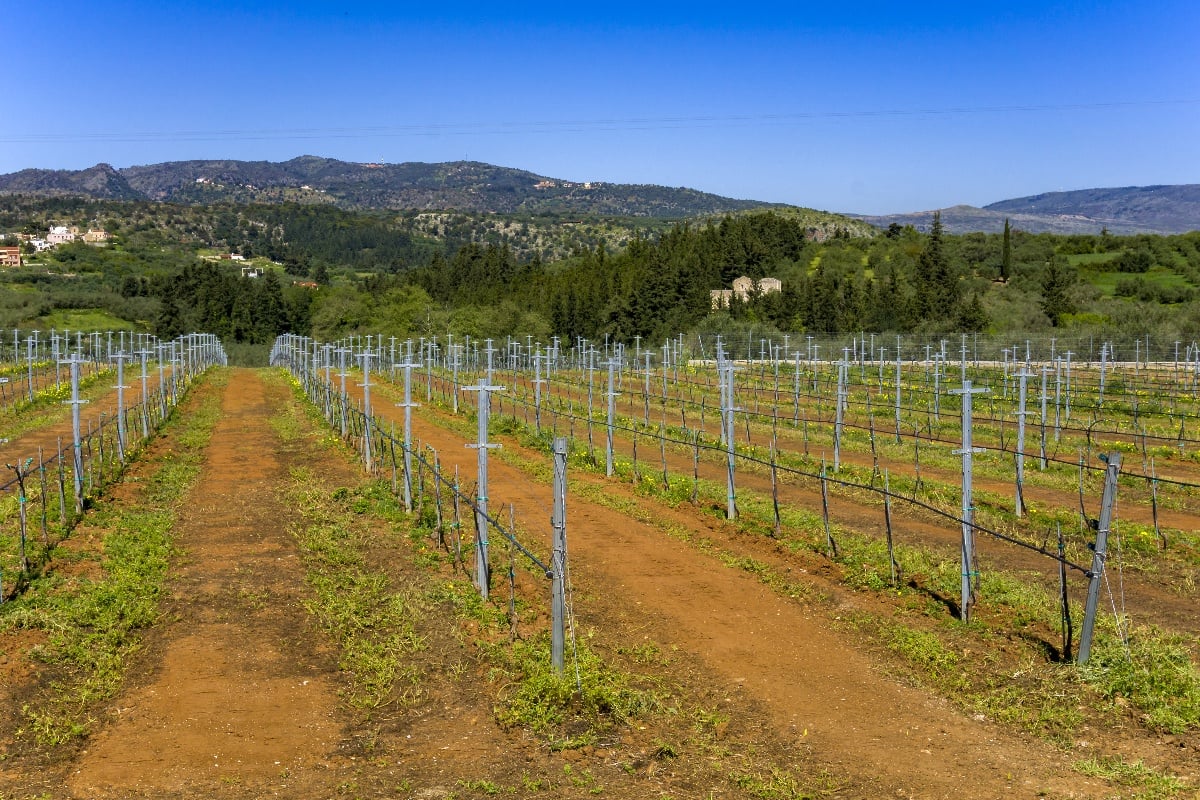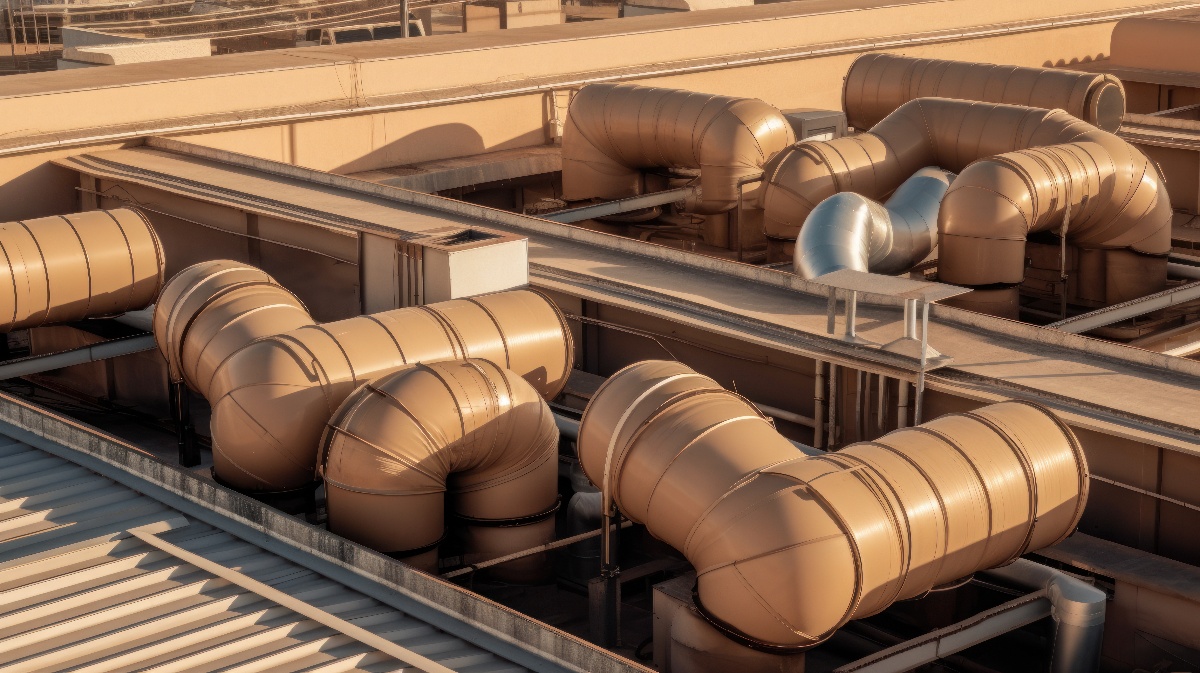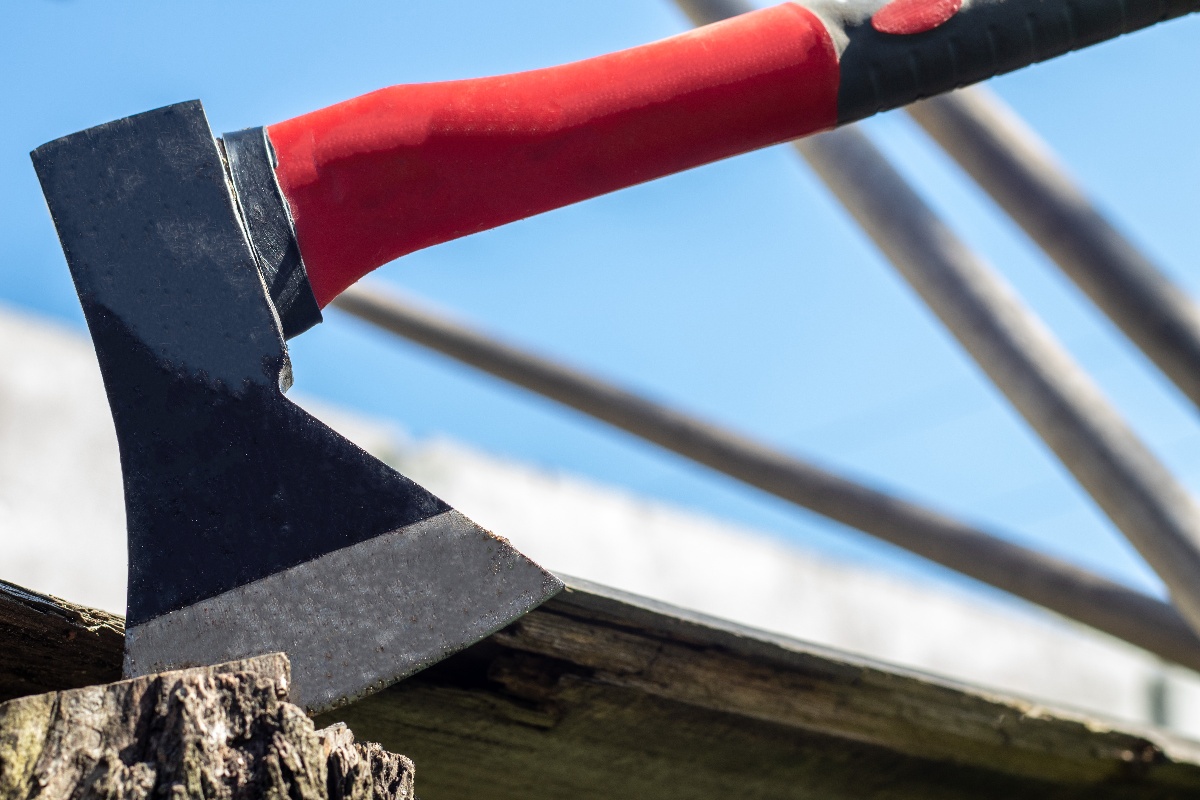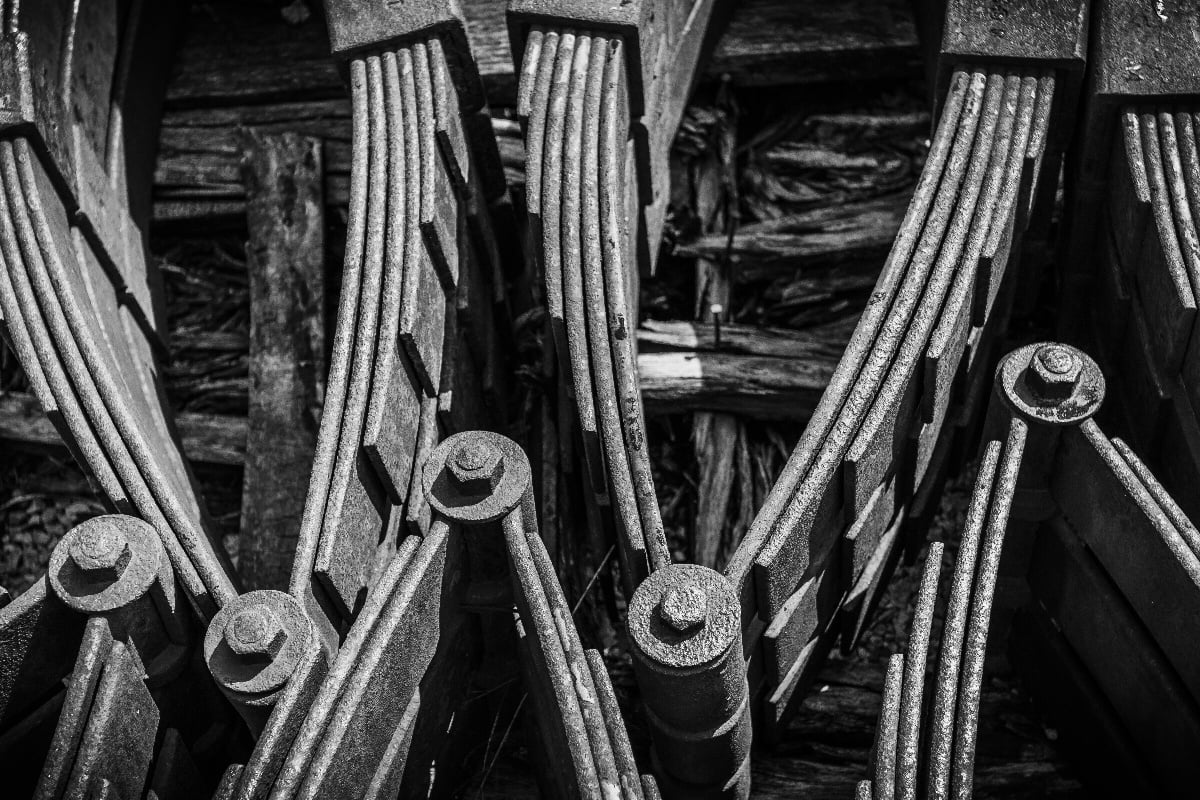
The global pultrusion market is expected to reach $3.0 billion by 2023 with many opportunities for growth in sectors including transportation, construction, consumer goods and infrastructure. Growth to $3.4 billion by 2024 is possible if the estimated 4.0% CAGR holds from the period detailed in many outgoing reports of the industry (2019-2024).
According to a number of industry experts, the number one driver of development opportunities is the growing demand for durable and lightweight products that are resistant to corrosion for various end use industries.
Led by consumer goods, various types of pultrusion will be used as application - sound barriers, tool handles, structural shapes, antennas, road markers, grating, decking, cable trays, rebar, ladder rails, sporting goods, window profiles and others.
Industry experts also predict that the need for utility poles is expected to proliferate the most because of the need to replace traditional wooden poles with FRP.
Which region will experience the most growth?
The Asia Pacific region is expected to remain the largest region in total value as well as in volume. It is also expected to experience the most growth over the 2019:2024 forecast period because of the consumer goods, construction and chemical industries.
The political separation of the 5G infrastructure between the United States and China will likely drive higher, not lower, volumes of domestic production. One of the emerging trends in the industry is the collaboration between OEMs in the region with producers of pultruded parts.
These collaborations will only increase now that the Asia Pacific has effectively been regionalized. Entrenched companies including Bedford, Exel Composites, Werner Ladder, Strongwell, Tencom Ltd. and Creative Pultrusion will vie for more exclusive contracts that will become more valuable due to regionalization.
Are the markets growing or decreasing?
The Asia Pacific is growing beyond even the forecasts of the North America market when compared to last year's reports.
However, North America is expected to experience continued growth because of the proliferation of 5G and the industries mentioned above.
The commercial and residential real estate markets continue to stabilize in the region as well, with developers focused on building longstanding establishments with materials to future proof durability.
Wind and other green energy end use companies are driving growth with a need for more efficient processes.
Improvements in automated operations give pultrusion companies a larger opportunity to participate in scaled partnerships with green companies while reducing the total cost of the products being produced.
As AI and machine learning technologies continue to improve production accuracy and reduce inefficiencies in pultrusion manufacturing, the green industry will almost certainly find new opportunities to include these manufacturing processes in their daily operations.
The North American market is expected to keep with its CAGR of 5.0% to reach growth of $1.06 billion by the year 2020. Infrastructure and construction will be the major growth sectors, with products including pultruded glass fiber of great importance to the 5G infrastructure.
What kinds of products will perform well moving forward?
The demand for lightweight materials continues to fuel the pultrusion market across the globe. High quality materials will only become more important as the Internet of Things continues to close the distance between individual residences, commercial and industrial real estate and critical municipal infrastructure.
The automotive industry continues to compete for materials with low weight and high durability for the introduction of driver-less cars and the heightened demand for hybrid cars.
The pultrusion market will continue to grow because of its ability to manufacture these materials with high strength and low conductivity to electricity.
Productivity will continue to increase as the industry perfects pultrusion resins that continue to outperform traditional resins such as vinyl ester and unsaturated polyester. Thermoplastics, polyurethanes and epoxies offer new opportunities for cost effective pultruded materials with improved bending strength and greater ILSS.





